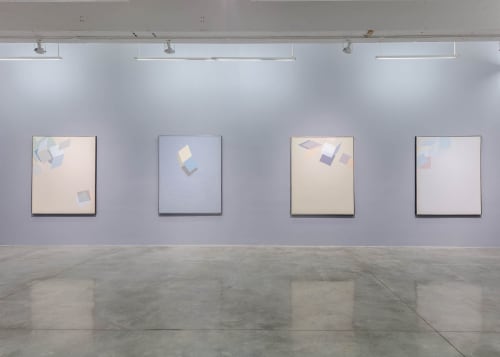“Simultaneity” is an artistic theory you may not have heard about, but a trip to “Suh Seung-Won: Early Works: 1960s to 1980s” at Tina Kim Gallery in New York will quickly change that. The pioneering Korean Modernist Suh Seung-Won formulated the concept in the 1960s as an attempt to refine compositions to their most reductive state, without losing the harmonious balance of form, color, and space at a work’s essence.
It’s a theory that has informed the artist’s practice for nearly 50 years. Suh was at the core of a group of artists experimenting in the formation of a new artistic language during the aftermath of the Korean War. In some sense, for those who weren’t aware of Suh previously, the exhibition is a helpful introduction to his significance as it presents works from two key periods in his early career: his formative “developmental” period in the 1960s and his “analytical” period during the 1970s and ’80s.

